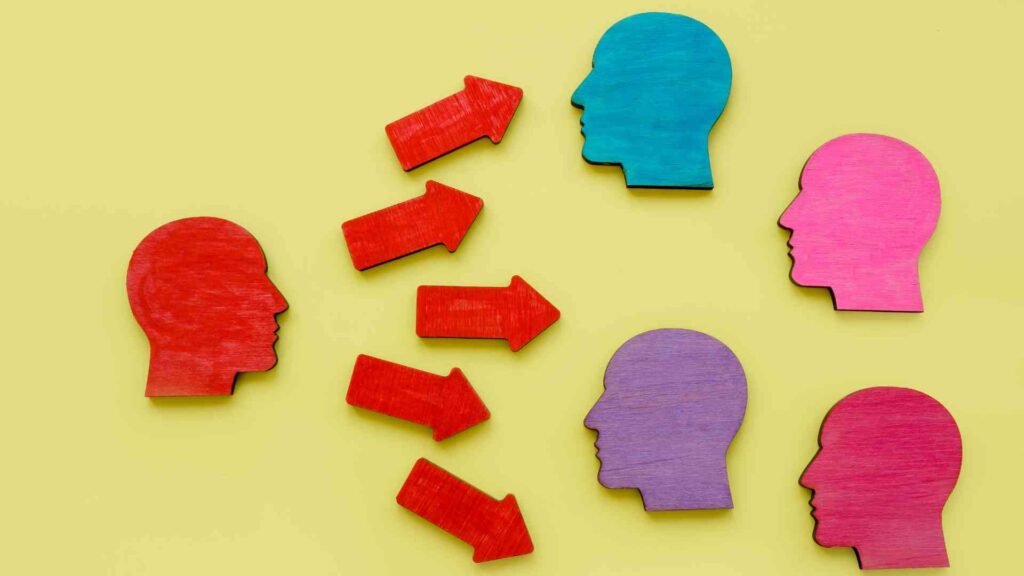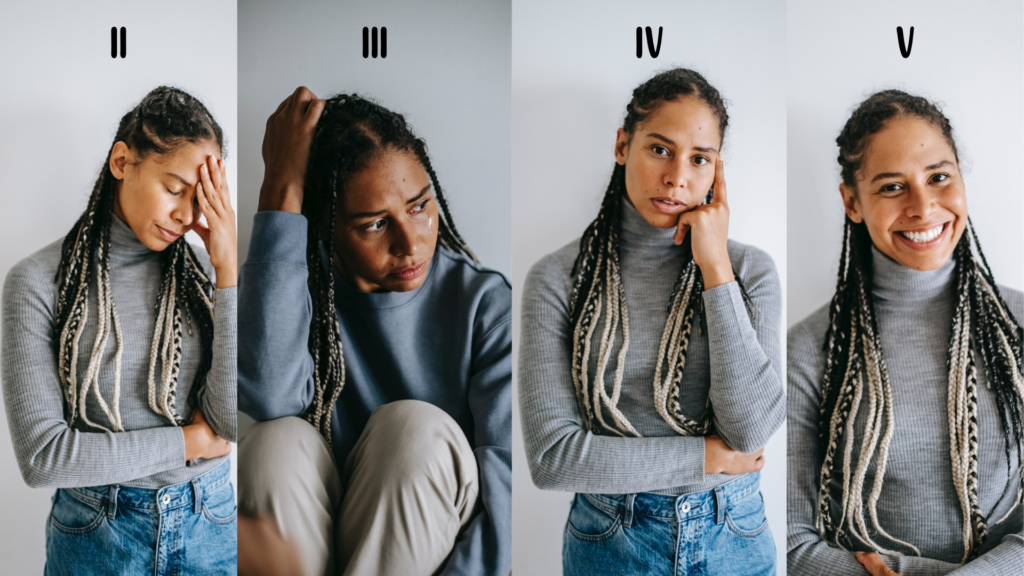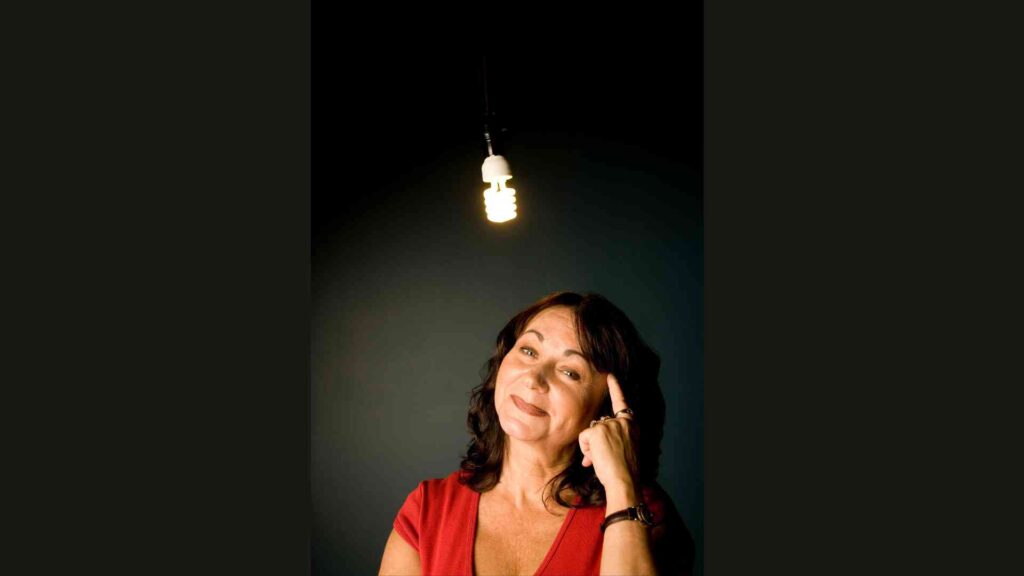Discover comprehensive information for all aspects of sexual health and find resources and guidance to empower your sexual well-being.
Painful erections never indicate normalcy, and sometimes signal a medical emergency. Severe pain may necessitate…
Discover comprehensive information for all aspects of sexual health and find resources and guidance to empower your sexual well-being.
Painful erections never indicate normalcy, and sometimes signal a medical emergency. Severe pain may necessitate…
Erectile dysfunction (ED) is a common condition that affects men of all ages, impacting their…
Erectile dysfunction (ED) is a common condition affecting men, often characterized by the inability to…
The underlying cause as well as the severity of pain determine the varied treatment approaches…
Achieving and maintaining a strong penile erection is a common concern for many men. It…
Feeling nervous about sexual performance, known as Sexual Performance Anxiety (SPA), is pretty common. But…
Commitment issues can often manifest in romantic relationships, work, and other personal or professional spheres.…
One often comes across stories of people who have gone through a life-altering crisis only to come out the other side stronger. It seems like they picked their pieces up and created a whole new, and improved version of themselves. It makes us wonder how in god’s name they got this superpower.
This rather mind-blowing phenomenon of transformation is explained by the theory of positive disintegration.
Don’t be put off by the word disintegration. It’s all good and fair when it’s preceded by the word “positive” and as you read ahead it will all make sense.
Table of Contents
Toggle
Kazimierz Dąbrowski, a Polish psychologist and psychiatrist developed the theory of personality development through integration and disintegration.
His firsthand experience with the tragic outcomes of World War I made him realize that in the face of tragedy, some individuals fell apart while others experienced meaningful personal growth.
Compared to other theories of personality development, Dąbrowski’s theory stands out for its focus on the importance of psychological discomfort in the growth process.
Dąbrowski observed that individuals who can grow through crises or trauma often possess a heightened sensitivity, or what he called “overexcitability,” that allows them to experience these situations more intensely and deeply on a personal level.
The theory stipulates that neither ontogeny nor intelligence influences the level at which a person will find themselves. The individuals who were more likely to react to traumatic events with self-reflection were driven by the following factors:

According to Dąbrowski, one might have a natural inclination for growth and exhibit a higher potential for personal development than others. This factor known as overexcitability means that they are more sensitive to stimuli than others.
Overexcitabilities maybe :

The people we interact with, our education, and the environment we live in are the things that make up the second factor.
This factor has a big influence on how we behave every day, as we often just go along with what others are doing without even realizing it.
The third factor is all about making our own decisions based on what we value and desire.
We consciously choose what’s important to us and what we don’t want, and this drives us to behave in ways that feel genuine to ourselves.
The Theory of Positive Disintegration predicts how people progress toward their personality ideal.
There are four different levels (II-V) that people might find themselves at on their personality journey. Whilst someone who does not work on improving their personality, will probably just stay at level I.
But here’s the thing – the levels in the Theory of Positive Disintegration aren’t like a ladder that you climb up one by one (this is unlike Maslow’s Hierarchy of Needs). It’s not like you start at level I and eventually make your way to level V. Instead, you might be at a certain level at one point in time and then move to another level later on.

At level I (or primary integration), a person’s values are pretty much based on their biology and the social groups they belong to. They are just trying to fulfill their basic needs like eating, sleeping, and reproducing while also trying to fit in with society and maybe even gain some status.
Sure these people have a pretty basic personality but, they are pretty stable and consistent in their behavior because they don’t have a bunch of inner conflict going on. Something we all could probably learn.
Level II is a transitory level, in which a person starts experiencing inner conflict.

Some individuals at level II will begin to question whether their social group’s values and beliefs really align with their own personal values and beliefs. They might start to explore their own identity and what they truly believe in, rather than just blindly following what their social group believes.
However, here’s the catch – people at level II are still in a bit of a unilevel mindset. They don’t really understand that their values can change significantly over time, so they can’t consciously move toward level III. In other words, they’re kind of stuck in their current way of thinking.
If someone at level II experiences too much inner conflict, they might revert to level I because it feels more stable and familiar. On the other hand, they might also “tip over” into level III without really meaning to. It’s a bit of a tricky stage, but it’s all part of the journey towards personal growth and development.

When someone reaches level three, they start to form their own beliefs and values (while their old values “disintegrate”).
They’ve realized that there’s a difference between “the way things are” and “the way things should be”. This realization can bring up some negative emotions, like shame, or guilt, as they question themselves and their moral standing. One may feel depressed and anxious at this level but knowing that this is only transitory might provide some comfort..
At this stage, people can reflect on their actions and determine whether they’re acting in line with their own values or just going along with what they think they should do to fit in with their social group. This can cause some inner conflict as they try to navigate this new territory.
Acquiring multi-levelness (meaning the ability to see things from multiple perspectives) isn’t necessarily a controlled process – it can happen spontaneously and in all directions. Some values may stay the same as before, while others might change drastically as someone starts to embrace new, self-chosen values that are very different from the values of levels I and II.

At level four, people start to become more focused on their goals and values after questioning and exploring them. They have a better understanding of who they are and what they stand for, which helps them to make decisions based on their own beliefs.
While there may still be some inner conflict, people at this level can usually act according to their own values, except in situations where external factors or self-doubt may get in the way.
Level four is characterized by a deep sense of empathy towards others and a genuine desire to care for them. Those at this level are committed to living their lives in a way that positively impacts those around them.

In Dąbrowski’s theory, the highest level of development is when a person’s values and behavior are completely in sync. Their values are focused on the greater good rather than self-serving goals.
At this level, the person has achieved their personality ideal and feels content with themselves. The driving forces are empathy, autonomy, and authenticity.
Even though their behavior is consistent, it is not rigid or inflexible. They continue to evolve towards higher levels of development.

Dąbrowski’s theory has gained popularity in the field of gifted education where some of its concepts, such as overexcitabilities, are used to identify gifted students.
Although empirical evidence is limited, many parents and teachers have noticed distinct behavioral and temperamental differences between highly gifted children and their peers.
It is important to note, however, that not all gifted individuals have overexcitabilities and that overexcitabilities are just one factor among three that influence personality development according to Dąbrowski’s theory.
Nonetheless, it appears that gifted individuals are more likely to exhibit overexcitabilities than individuals in the average population.
Dabrowski’s theory of positive disintegration explains how individuals can grow and develop their personalities, even after going through traumatic events like war. While these events can be catalysts for personal growth, they can also cause people to feel stuck.
The theory helps us understand why some people are able to move forward and become better versions of themselves, while others struggle to put themselves back together.
References:
Dr. Nishtha, a medical doctor holding both an MBBS and an MD in Biochemistry, possesses a profound passion for nutrition and wellness. Her personal journey, marked by significant struggles with physical and mental health, has endowed her with a unique empathy and insight into the challenges countless individuals face. Driven by her own experiences, she leverages her background to offer practical, evidence-backed guidance, empowering others on their paths to achieving holistic well-being. Dr. Nishtha truly believes in the interconnectedness of the mind and body. She emphasizes the significance of understanding this connection as a crucial stride toward attaining balance and happiness in life.

